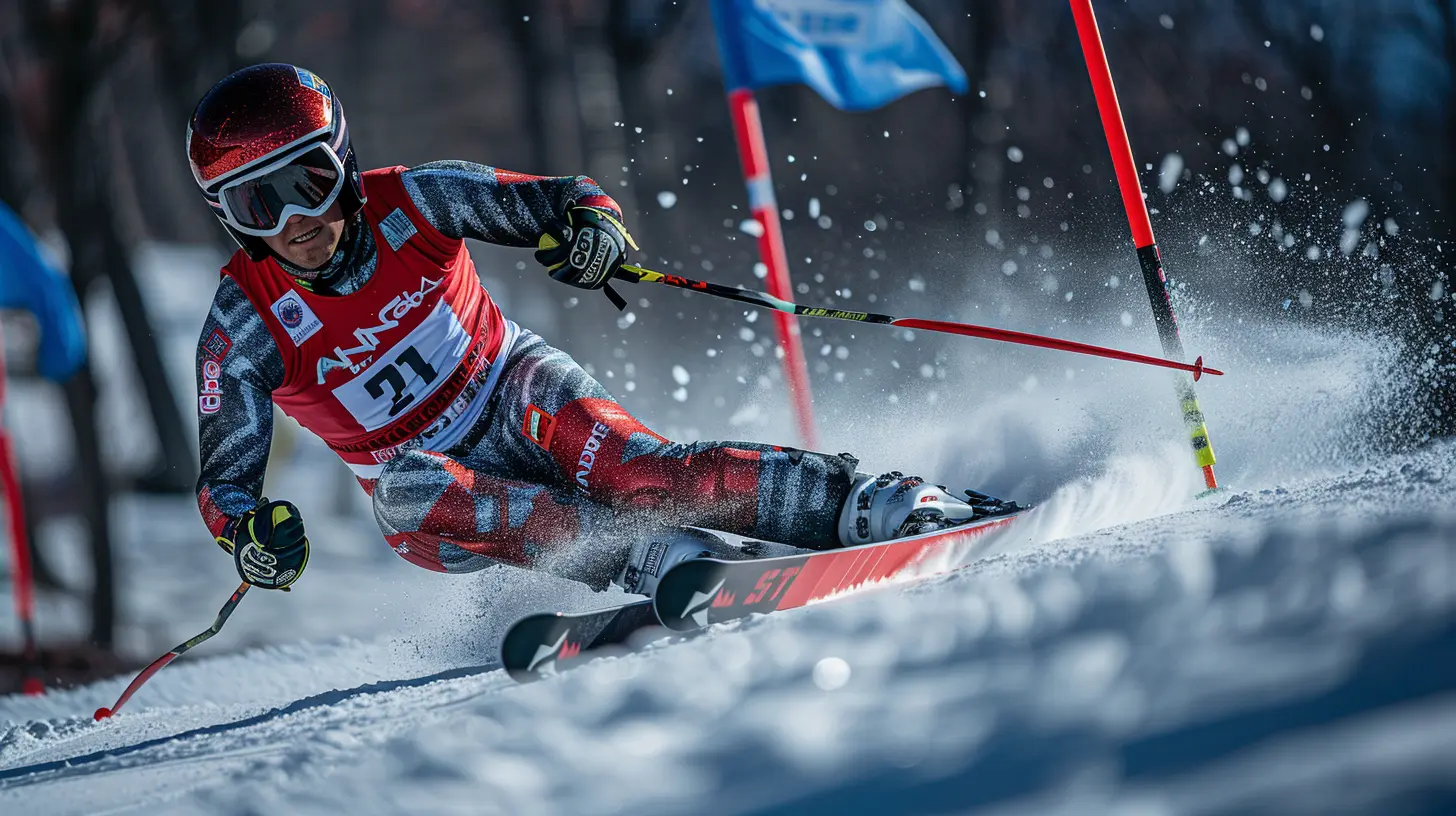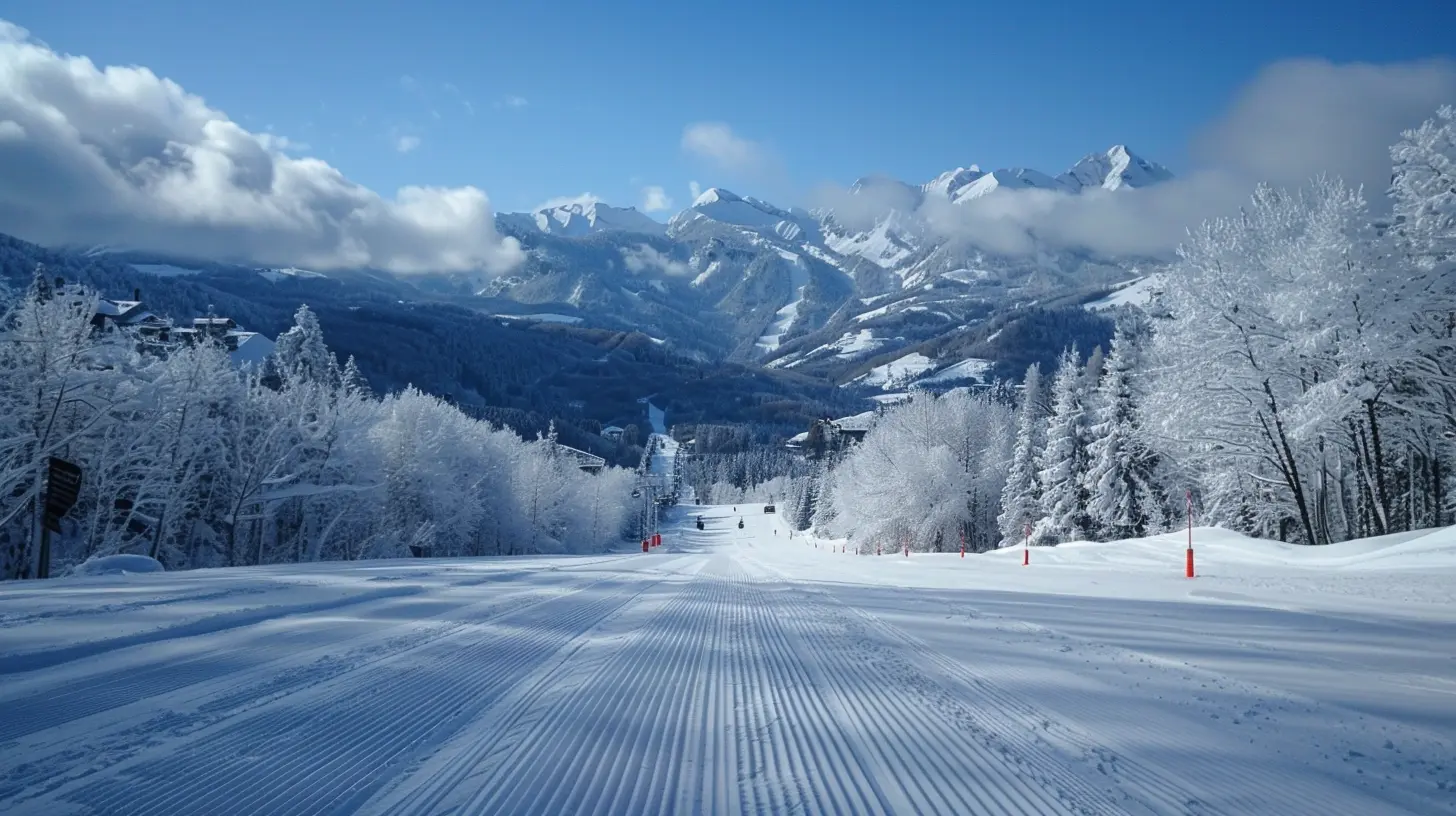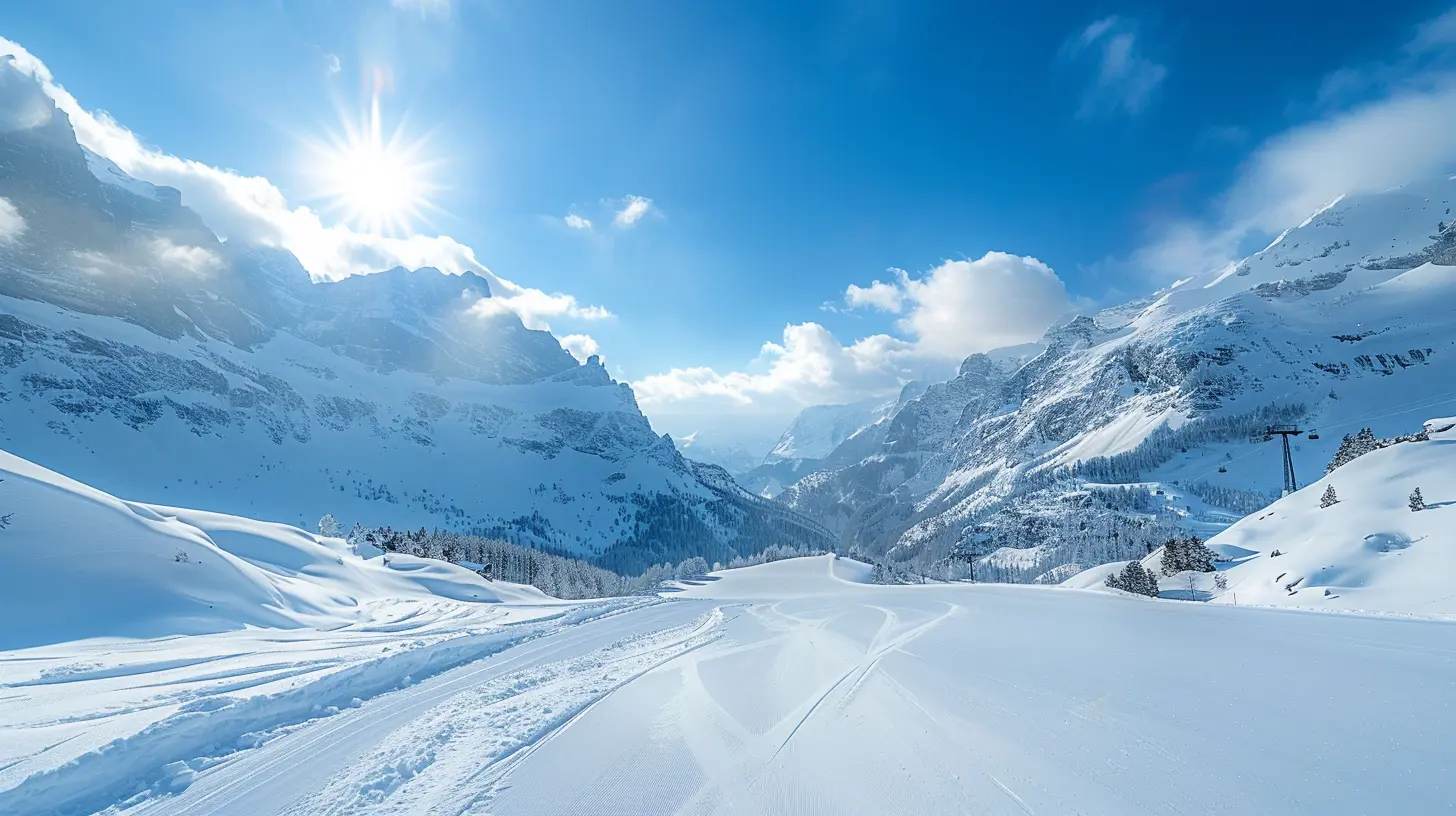How to Transition from Intermediate to Advanced Skiing
21 July 2025
So, you've been cruising down blue runs, feeling pretty confident, maybe even throwing in the occasional parallel turn like a pro. But now you're itching for more. You want to tackle black diamonds, power through moguls, and maybe even dip into gladed runs. You're not a beginner anymore—but how do you make that leap into advanced skiing territory?
Making the jump from intermediate to advanced isn't just about guts. It's about refining technique, building strength and agility, and—let’s be real—facing a few wipeouts along the way. But don’t worry, we’ve got your back. In this guide, we’ll break it all down into easy, action-based steps to help you level up and conquer the mountain like a true shredder.
Table of Contents
- Understanding the Difference: Intermediate vs. Advanced Skiing- Mindset: Confidence Without Cockiness
- Refining Your Technique
- 1. Mastering Edge Control
- 2. Dynamic Weight Distribution
- 3. Smoother, Stronger Turns
- Terrain Challenge: Taking On the Steep and Deep
- Moguls, Trees, and Powder—Oh My!
- Gear Check: Is Your Equipment Holding You Back?
- Take a Lesson: Yes, Even Now
- Fitness Off the Slopes
- Film Yourself
- Safety First, Always
- Final Thoughts

Understanding the Difference: Intermediate vs. Advanced Skiing
First things first—what truly separates intermediate from advanced skiers?Intermediate skiers are confident on blue and maybe some easy black runs. They can link turns, stop when they need to, and manage speed on moderate terrain. But their technique might still be a bit stiff or inconsistent, and they tend to shy away from tougher snow conditions.
Advanced skiers, on the other hand, can handle almost any terrain the mountain throws at them—steeps, bumps, trees, off-piste, and powder. They move fluidly, adapt to variable conditions, and ski with rhythm and confidence. Think of it like upgrading from cruise control to manual driving with full control over your ride.
Mindset: Confidence Without Cockiness
Before you even click into your bindings, you’ve got to get your head in the game.Moving into advanced skiing requires a balanced mindset. You need confidence, but not the kind that makes you bomb down a double black without a clue. It’s about calculated risks, knowing your limits, and pushing them—just a little—each day. Fear is natural, but fear can be managed with preparation and awareness.
Crazy thing? Skiing is 80% mental. If you believe you can navigate a narrow chute, your body will start to follow that belief. But if you second guess, you’re more likely to freeze or make mistakes. So, breathe, visualize your line, and commit!
Refining Your Technique
Let’s talk mechanics. Your form is the engine that powers everything—from control on ice to playing in the pow. Refining your technique is key in the transition to advanced skiing.1. Mastering Edge Control
Edge control is where the magic happens. As an intermediate skier, you’ve probably already learned how to carve a bit. But to ski at an advanced level, carving becomes second nature.It’s all about engaging the edges of your skis early, rolling your ankles and knees into the turn, and letting the sidecut of the ski do its job. Think of it like drawing a clean arc with a paintbrush—the smoother and more committed, the better the outcome.
Tip: Practice carving on groomed runs to dial in high edge angles and consistent pressure.
2. Dynamic Weight Distribution
In beginner skiing, we talk about shifting weight. In advanced skiing, it’s about dynamic balance.You're constantly adjusting—forward, backward, side-to-side—to respond to terrain changes. Your center of mass shouldn't be fixed; it should move fluidly with your skis.
Pro tip: Focus on staying centered and flexing your ankles, knees, and hips—like you’re a shock absorber. The goal? Stay balanced and responsive.
3. Smoother, Stronger Turns
Intermediate skiers sometimes “muscle through” turns. But advanced skiers? They let gravity and momentum work for them.Work on initiating turns with your lower body, not by twisting your shoulders. The upper body should stay quiet and still, facing downhill, while your legs do the dancing. It’s kinda like salsa for skiing—graceful, rhythmic, and powerful.
Terrain Challenge: Taking On the Steep and Deep
You’re not going to grow if you stay on the same terrain day after day. Start exploring steeper slopes with varied conditions. But here’s the catch—don’t just aimlessly point your skis downhill.Approach new runs with intention:
- Watch others ski it first.
- Plan your line.
- Take it one section at a time.
On steeps, keep your weight forward and commit to your edges. It might feel terrifying at first, but that commitment is what brings control. Think of it as standing tall in the face of gravity and saying, “Not today!”
Moguls, Trees, and Powder—Oh My!
Want to earn that “advanced” badge? Time to face the big three: moguls, trees, and powder.Moguls
Moguls are the real test of timing and control. You can’t brute-force them; you’ve gotta finesse your way through. Use the tops of moguls to pivot quickly and absorb with your legs. Keep your eyes scanning three or four bumps ahead—don’t stare at the one you’re about to hit.Trees
Tree skiing is like a video game—fast, instinctive, and thrilling. The key? Short, controlled turns and looking for open lanes, not at the trees themselves (you go where you look!). Always ski with a buddy in case of a fall or injury.Powder
Deep snow is a dream once you get the hang of it. Stay light on your feet, lean back just slightly to keep tips up, and use a gentle rhythm in your turns. Let the skis float and dance rather than slice and dice.Gear Check: Is Your Equipment Holding You Back?
Ever try racing in a go-kart? Fun, but not exactly Formula 1.Similarly, using entry-level or poorly fitted gear can totally hinder your progress. As you improve, look for skis that match your growing style—maybe stiffer, with more rocker for powder, or a narrower waist for carving.
Also, don’t underestimate the power of boots. A tighter, more responsive fit gives you better control and feel. Get them custom-fitted if possible. Trust me, happy feet mean happy turns.
Take a Lesson: Yes, Even Now
You might think lessons are just for beginners, but some of the best skiers on the mountain take occasional coaching. A good instructor sees things you might not notice—and helps you fix bad habits before they get ingrained.Group lessons can be social and fun, but private or small clinics often provide the most personalized feedback. Look for instructors certified at the upper levels and tell them your goals.
Fitness Off the Slopes
Let’s face it—skiing is demanding. The better shape you’re in, the longer you’ll ski, and the better you’ll perform.Here are some off-mountain workouts that help:
- Squats & lunges for leg strength
- Planks & twists for core stability
- Plyometric training for agility and power
- Cardio for endurance
Also, don’t skip mobility and stretching. Your knees and hips will thank you later.
Film Yourself
Nothing smacks you with reality quite like seeing yourself on video. What you think you look like and what you actually look like? Often two very different things.Ask a friend to grab a few clips on different terrain. Watch them and take notes: Are your poles flailing? Knees too stiff? Shoulders turning too much? This kind of feedback is worth gold.
Safety First, Always
Advanced skiing often brings you into more dangerous terrain. So, let’s not skip the basics:- Wear a helmet. Every. Single. Time.
- Familiarize yourself with avalanche safety if you’re heading off-piste.
- Always ski with a partner, especially in trees or backcountry-like areas.
- Know your limits. Pushing them is cool. Blowing past them? Not so much.
Final Thoughts
The journey from intermediate to advanced skiing isn’t a straight line. It’s more of a zigzag slope filled with breakthroughs, plateaus, and the occasional faceplant. But that’s part of the ride.Keep pushing yourself little by little. Try new terrain. Dial in your technique. Film your progress. And most importantly—have fun. Because at the end of the day, the best skiers on the mountain are the ones who are smiling from ear to ear.
So go out there, shred hard, and keep leveling up. You got this.
all images in this post were generated using AI tools
Category:
SkiingAuthor:

Easton Simmons
Discussion
rate this article
1 comments
Beatrix McMaster
Great tips! Transitioning to advanced skiing can feel daunting, but with practice and the right mindset, it’s totally achievable. Just remember to embrace the falls—they’re part of the journey! Happy skiing, everyone! ⛷️❄️
August 6, 2025 at 3:40 AM

Easton Simmons
Thank you! Embracing challenges and learning from falls is key to advancing in skiing. Happy skiing! ⛷️❄️


![The Art of Defense: How [Player Name] Became an Elite Stopper](/pictures/blog/small/the-art-of-defense-how-player-name-became-an-elite-stopper_2.webp)